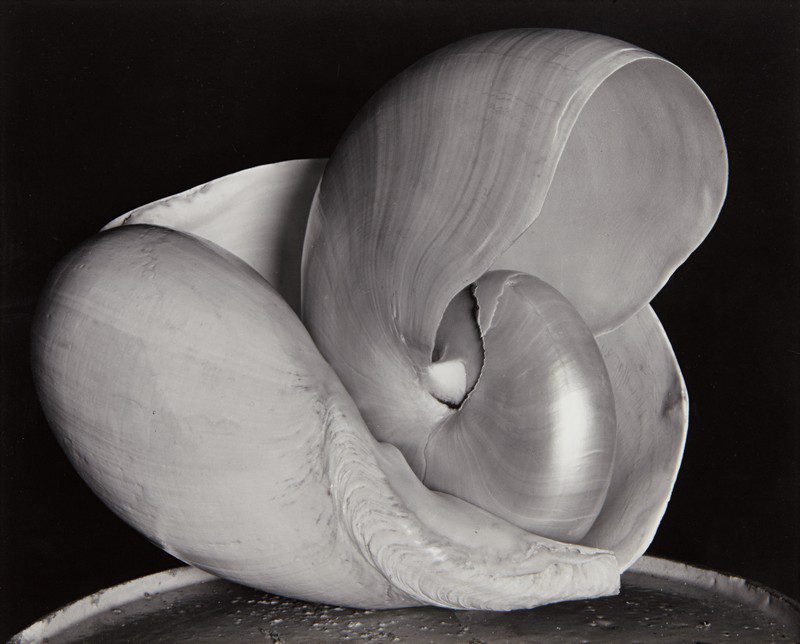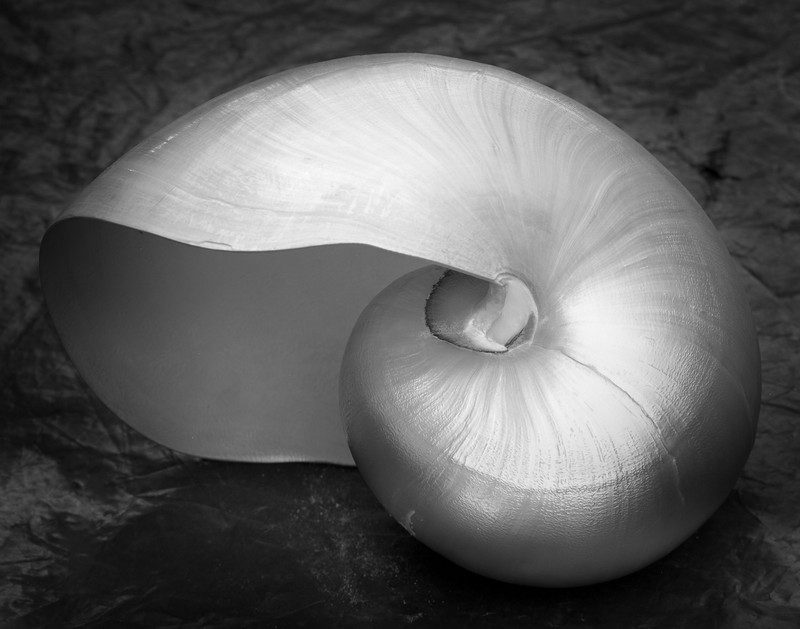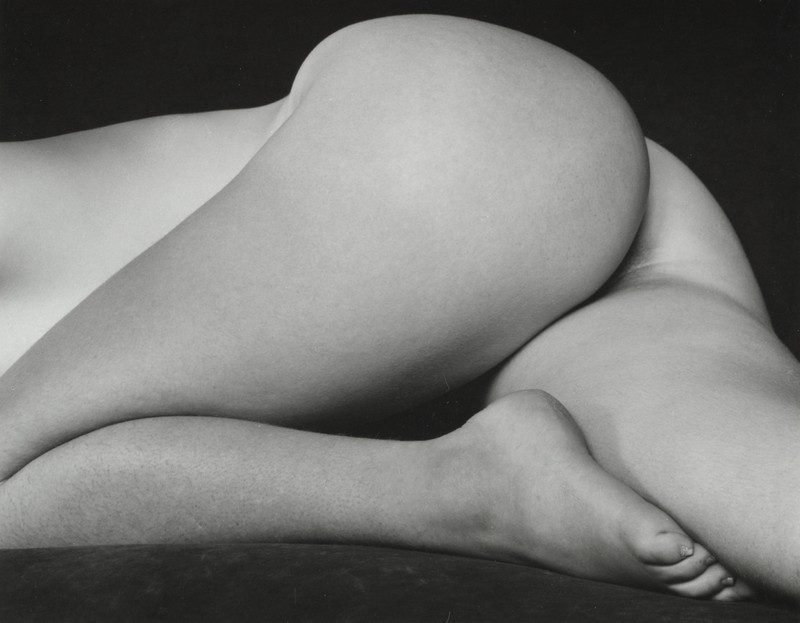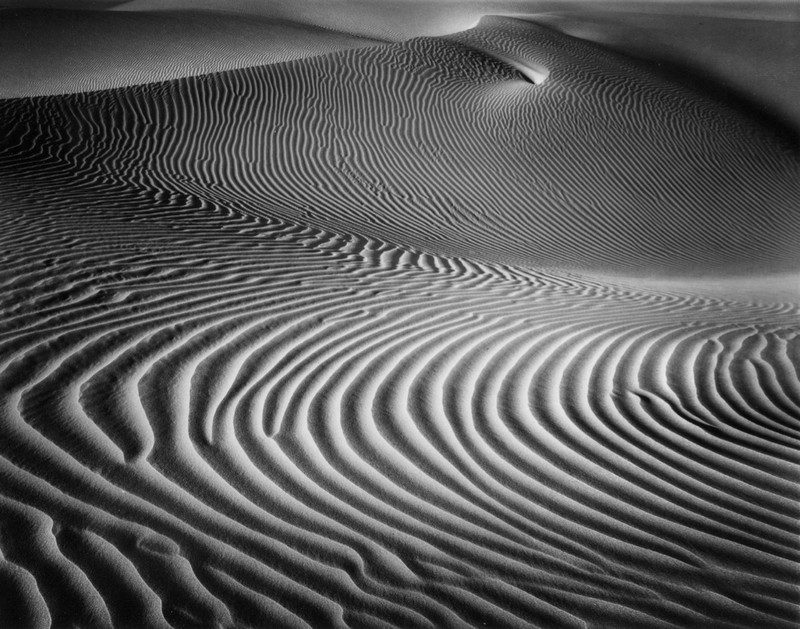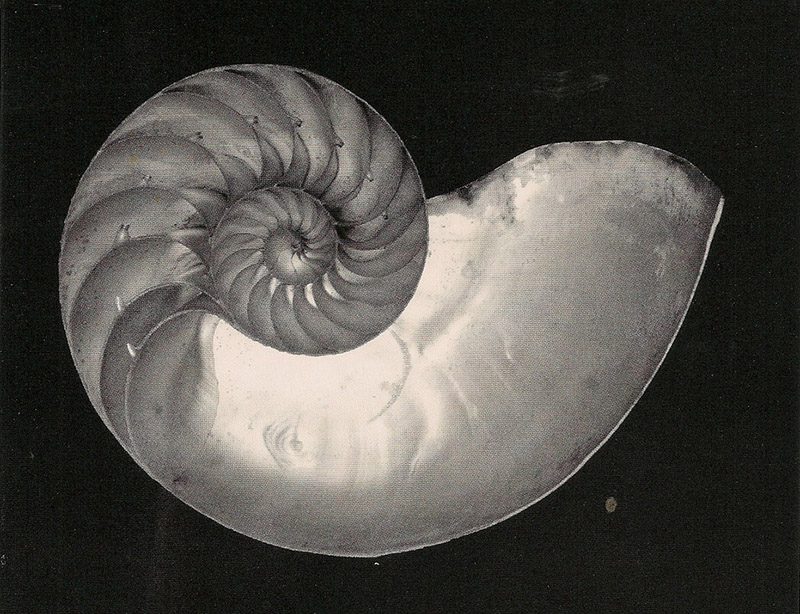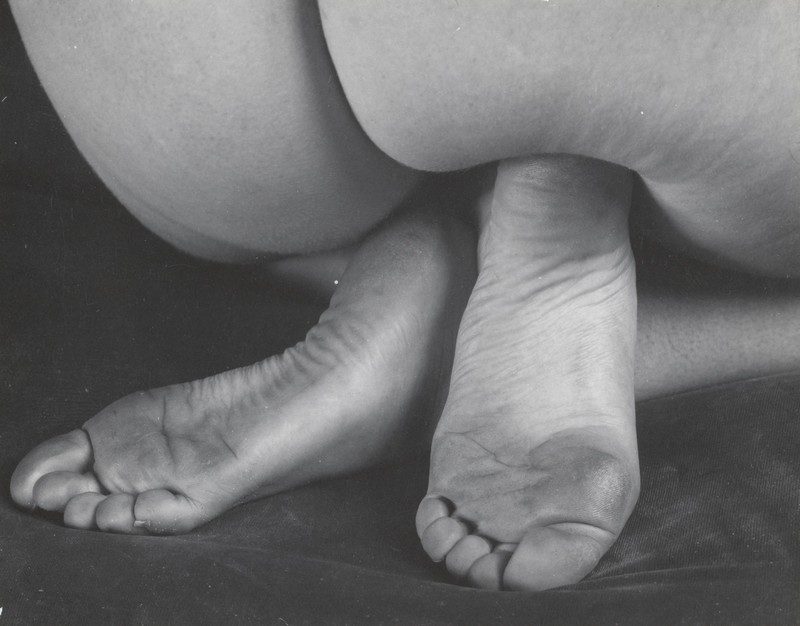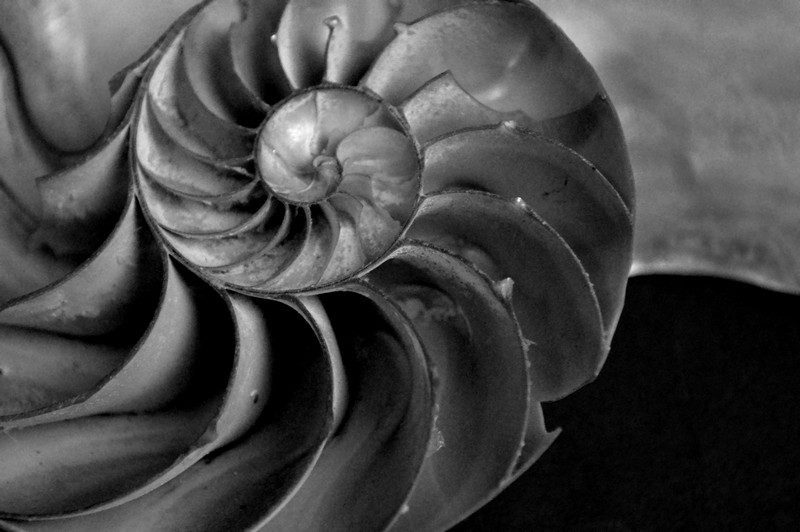PHOTO:Edward Henry Weston
 Born in 24/3 1886 in Chicago, Weston helped to take photography out of the Victorian age, where it had served as a kind of pictorial addendum to painting, and make it modernist in every sense of the word. Weston’s formal brilliance was allied to a democratic approach to his subject matter. He wanted “To make the commonplace unusual”, a statement that has reverberated through photographic practice to the present day.
Born in 24/3 1886 in Chicago, Weston helped to take photography out of the Victorian age, where it had served as a kind of pictorial addendum to painting, and make it modernist in every sense of the word. Weston’s formal brilliance was allied to a democratic approach to his subject matter. He wanted “To make the commonplace unusual”, a statement that has reverberated through photographic practice to the present day.
By Dimitris Lempesis
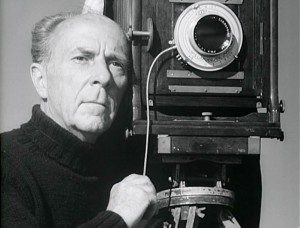 He began photographing at the age of sixteen after receiving a camera from his father. In 1906, following the publication of his first photograph in “Camera and Darkroom”, Weston moved to California. Realizing the need for formal training, in 1908 Weston returned east and attended the Illinois College of Photography. In 1911, Weston opened his own portrait studio in Tropico, California. This would be his base of operation for the next two decades. Weston became successful working in soft-focus, pictorial style. Weston gained an international reputation for his high key portraits and modern dance studies. In 1912, Weston met photographer Margrethe Mather in his Tropico studio. Mather became his studio assistant and most frequent model for the next decade. In 1922 Weston visited the ARMCO Steel Plant in Middletown, Ohio. The photographs taken here marked a turning point in Weston’s career. During this period, Weston renounced his Pictorialism style with a new emphasis on abstract form and sharper resolution of detail. The industrial photographs were true straight images, unpretentious, and true to reality. Weston later wrote, “The camera should be used for a recording of life, for rendering the very substance and quintessence of the thing itself, whether it be polished steel or palpitating flesh”. Weston also traveled to New York City this same year, where he met Alfred Stieglitz, Paul Strand, Charles Sheeler and Georgia O’Keeffe. In 1923 he moved to Mexico City where he opened a photographic studio with his apprentice and lover Tina Modotti. Many important portraits and nudes were taken during his time in Mexico. It was also here that famous artists: Diego Rivera, David Siqueiros, and Jose Orozco hailed Weston as the master of 20th century art. After moving back to California in 1926, Weston began his work for which he is most deservedly famous: natural forms, close-ups, nudes, and landscapes. Between 1927 and 1930, Weston made a series of monumental close-ups of seashells, peppers, and halved cabbages, bringing out the rich textures of their sculpture-like forms. Weston became one of the founding members of Group f/64 in 1932 with Ansel Adams, Willard Van Dyke, Imogen Cunningham and Sonya Noskowiak. 1936 marked the start of Weston’s series of nudes and sand dunes in Oceano, California, which are often considered some of his finest work. Weston became the first photographer to receive a Guggenheim Fellowship for experimental work in 1936. Weston began experiencing symptoms of Parkinson’s disease in 1946 and in 1948 shot his last photograph of Point Lobos. Died on 1/1/58 at his home, Wildcat Hill, in Carmel, California. Weston’s ashes were scattered into the Pacific Ocean at Pebbly Beach at Point Lobos.
He began photographing at the age of sixteen after receiving a camera from his father. In 1906, following the publication of his first photograph in “Camera and Darkroom”, Weston moved to California. Realizing the need for formal training, in 1908 Weston returned east and attended the Illinois College of Photography. In 1911, Weston opened his own portrait studio in Tropico, California. This would be his base of operation for the next two decades. Weston became successful working in soft-focus, pictorial style. Weston gained an international reputation for his high key portraits and modern dance studies. In 1912, Weston met photographer Margrethe Mather in his Tropico studio. Mather became his studio assistant and most frequent model for the next decade. In 1922 Weston visited the ARMCO Steel Plant in Middletown, Ohio. The photographs taken here marked a turning point in Weston’s career. During this period, Weston renounced his Pictorialism style with a new emphasis on abstract form and sharper resolution of detail. The industrial photographs were true straight images, unpretentious, and true to reality. Weston later wrote, “The camera should be used for a recording of life, for rendering the very substance and quintessence of the thing itself, whether it be polished steel or palpitating flesh”. Weston also traveled to New York City this same year, where he met Alfred Stieglitz, Paul Strand, Charles Sheeler and Georgia O’Keeffe. In 1923 he moved to Mexico City where he opened a photographic studio with his apprentice and lover Tina Modotti. Many important portraits and nudes were taken during his time in Mexico. It was also here that famous artists: Diego Rivera, David Siqueiros, and Jose Orozco hailed Weston as the master of 20th century art. After moving back to California in 1926, Weston began his work for which he is most deservedly famous: natural forms, close-ups, nudes, and landscapes. Between 1927 and 1930, Weston made a series of monumental close-ups of seashells, peppers, and halved cabbages, bringing out the rich textures of their sculpture-like forms. Weston became one of the founding members of Group f/64 in 1932 with Ansel Adams, Willard Van Dyke, Imogen Cunningham and Sonya Noskowiak. 1936 marked the start of Weston’s series of nudes and sand dunes in Oceano, California, which are often considered some of his finest work. Weston became the first photographer to receive a Guggenheim Fellowship for experimental work in 1936. Weston began experiencing symptoms of Parkinson’s disease in 1946 and in 1948 shot his last photograph of Point Lobos. Died on 1/1/58 at his home, Wildcat Hill, in Carmel, California. Weston’s ashes were scattered into the Pacific Ocean at Pebbly Beach at Point Lobos.

